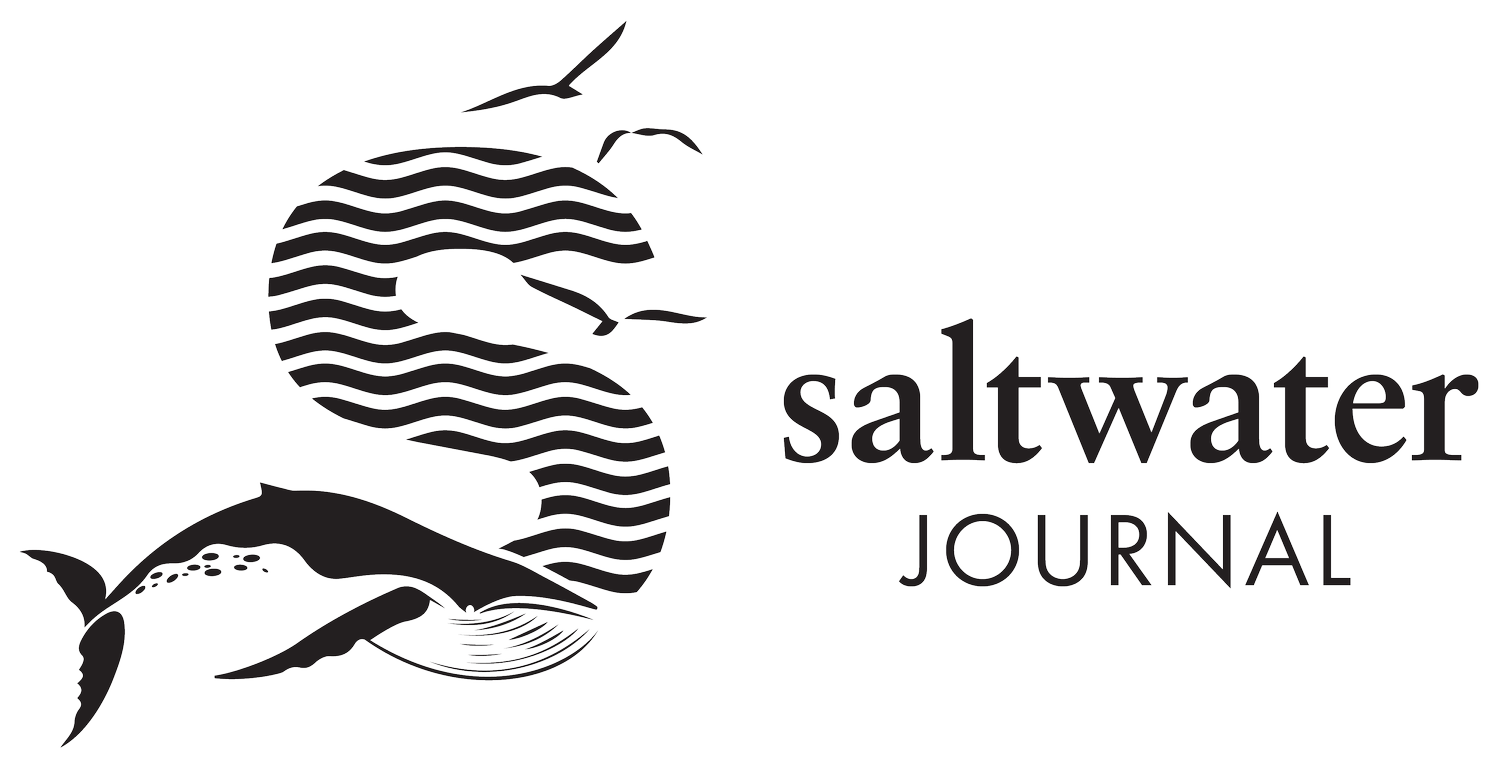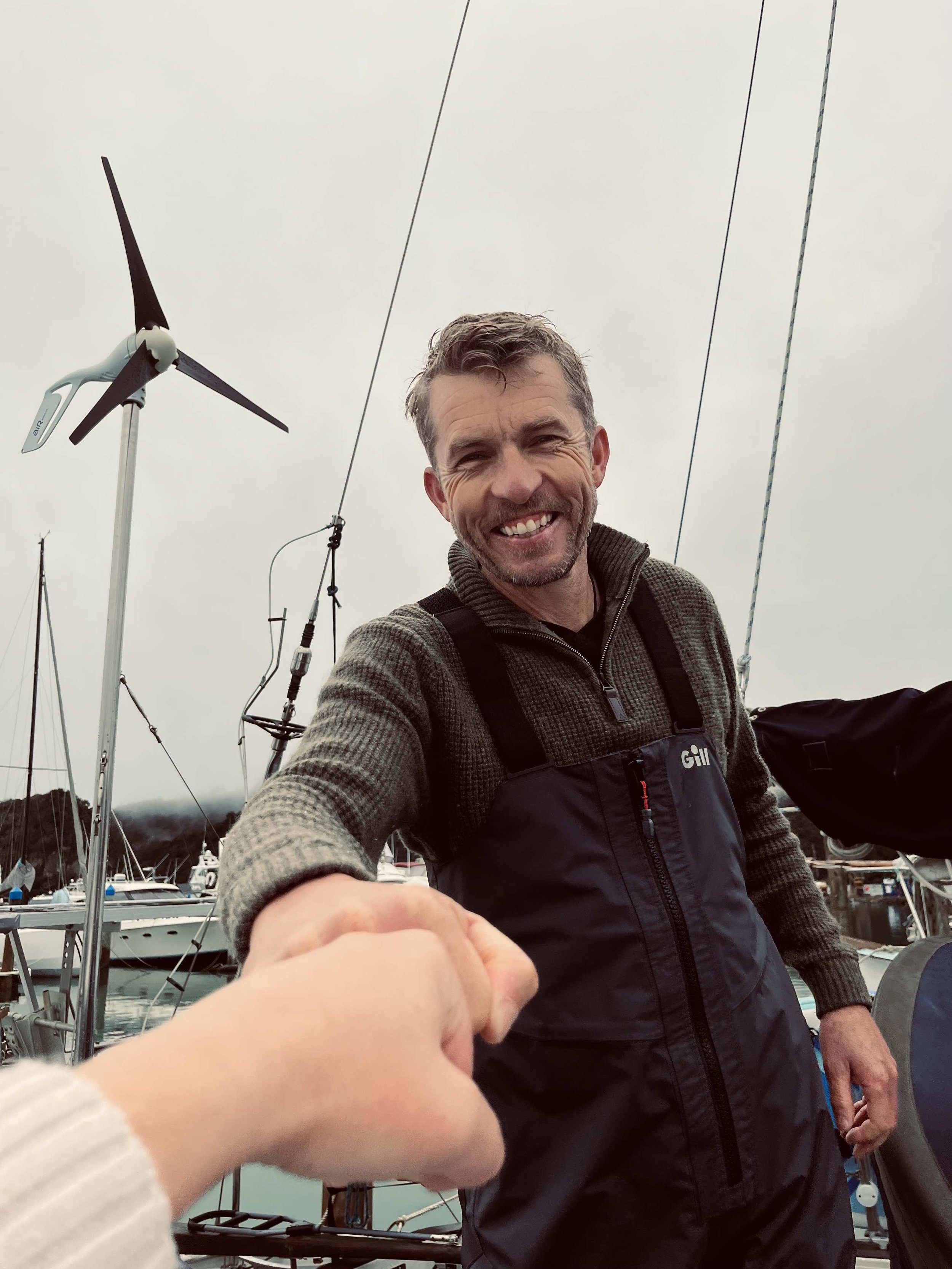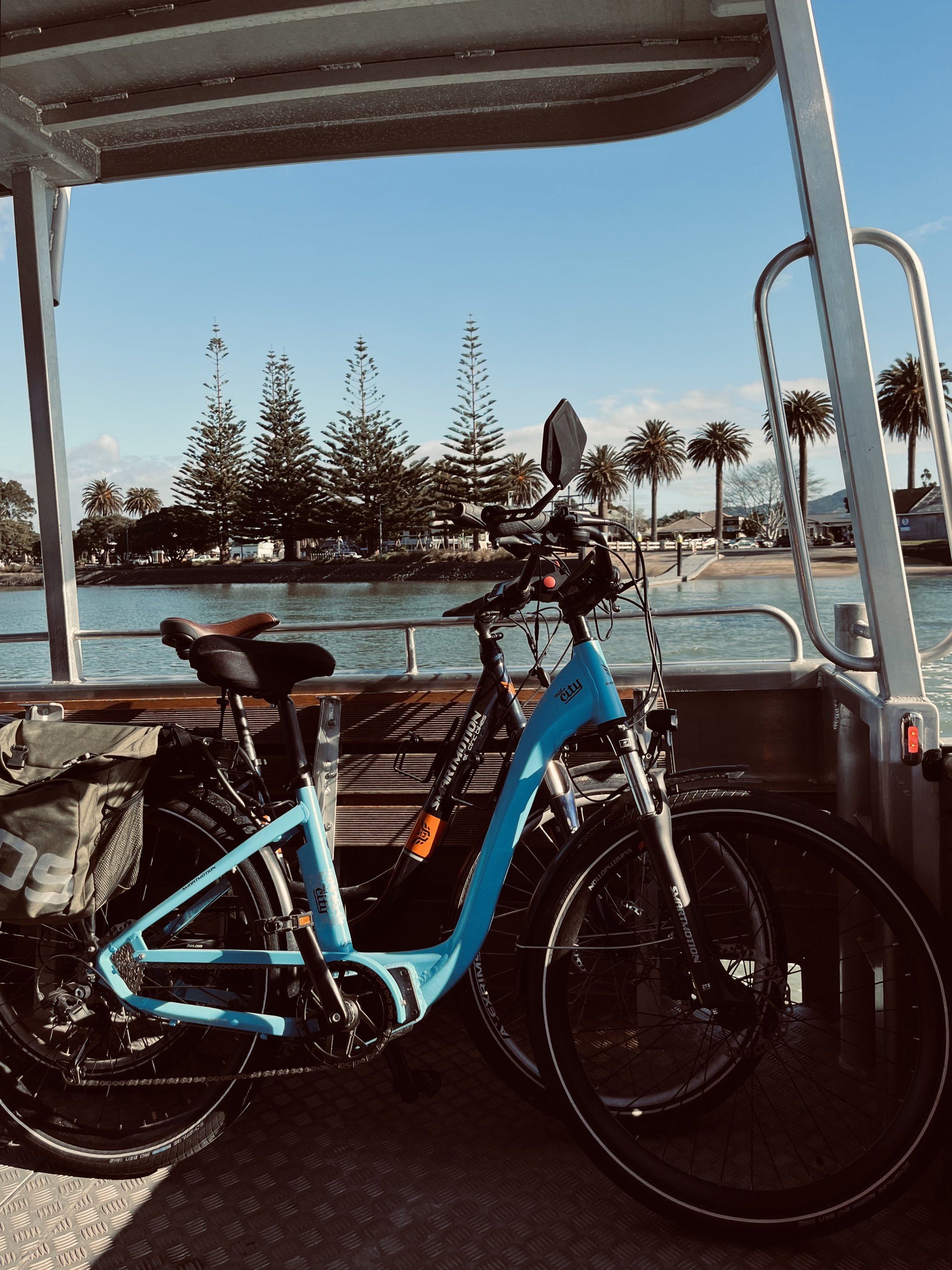Sailing to Whitianga
Buffalo Beach, Whitianga
Saltwater Journal is reader supported.
When you buy through our links we may earn an affiliate commission (at no extra cost to you)
Overview
Whitianga is a welcome stop while sailing on the East Coast of Aotearoa // New Zealand. With a superb marina right beside a cool little township, and renowned white sandy Coromandel beaches on your doorstep, this is a great place to refresh, explore and reprovision. We loved it so much we considered making it a home base! It’s a popular place in summer, so book ahead if you’re wanting a Marina visitor’s berth, but there’s usually a few private moorings available for rent short-term. On entry to Buffalo Bay there’s a sand bar which is safest crossed at high tide (depending on sea conditions and your boat draft depth), and a strong tidal flow in the Whitianga harbour channel (known as the River of Mangroves).
Key information
36°50.174’S, 176°.42.417’E
Anchorage
Visitors berths at Whitianga Marina
Private moorings (check Trademe, Facebook or Harbour Master)
Weather
Protected Marina
Channel moorings protected from sea state but exposed to N & W winds, which can be a little uncomfortable in wind against current.
Access
Dinghy access ashore at Whitianga Marina and three boat ramps:
1. North end of channel beside Ferry wharf
2. South of Marina boat ramp — Dundas Street
3. South of channel — Robinson Road
Water & Stores
Public water tap at Robinson Rd boat ramp and Whitianga Marina.
Supermarkets — New World and Four Square within walking distance of Marina, and Countdown further out.
Variety of great cafes, takeaways, pubs and restaurants
Cell reception
Full coverage cell Vodafone and Spark
Hike
Explore great local beach walks, without a car:
Buffalo Beach
Shakespeare Cliff Reserve
Garmin InReach tracking our 22NM sail from Slipper Island to Whitianga
Moturoa Island (Tower Rock) in Mercury Bay — Whitianga in the distance
Our Journey
Following an overnight stop at Slipper Island, we set out at a civilised hour of 9:15am for the 22NM trip to Whitianga. Our expected forecast was for 10knots with a slight sea — sounded pretty good to me. But once we’d cleared Slipper Island we were greeted with 15-20knots in a moderate sea — hardly surprising given the exposed coastline and predominant easterly swell that .
An excerpt from our log reads:
“Not pleasant sail as expected — big rolly swell with choppy sea on aft quarter — difficult to keep boat stable running goosewinged — wind keeps being pushed out of headsail with each roll and then comes the big slap as it refills with fresh wind (next time we’ll pole it out). Easterly swell meant no stopping at Hotwater Beach or Cathedral Cove although v. cool to see on coastline.”
We crossed the sandbar closing in on high-tide with no trouble, and while we could see from the chart where we were headed, it was tricky to spot from sight alone — the harbour entry is tucked around the corner quite well!
I always feel anxious navigating into a new place — even having studied the chart (it looks so different when you see it from ‘boat-eye-view’). It’s a very windy channel which felt like a racecourse with all it’s marker buoys, and we had plenty of tidal assist speeding us along. We dodged the ferry which runs between the town and Ferry Landing every 10mins, and wound our way down to our mooring.
We didn’t know it at the time, but this would be home for the next few weeks, while storms and poor weather hampered our ongoing trip north. Fortunately, we found plenty to enjoy — read on to see some of the cool spots that we recommend exploring here!
Navigating our way down the winding channel
Past the Ferry wharf
Secure on the mooring while a strong current runs
The Anchorage
We didn’t find any suitable place to anchor in the harbour, as it’s full of moorings and has a strong tidal flow. So we arranged a short-term mooring to rent for our stay in Whitianga. This was toward the south of the moorings — further from town. The tide absolutely rips in and out of the channel, and we learned the hard way that unless you’ve got a strong outboard it pays to wait for the tide to run in your favour. I can confirm that a 2HP outboard on a dinghy loaded with 2 adults, stacked bags of groceries, pushing into wind, wave chop and tide, makes for slow and very wet progress. And you question your sense of fun, while vowing that next time you’ll wait the extra hour onshore for the tide to change. On the plus side, you do get a good look at the variety of boats in the channel (some badly abandoned and barely floating) and most covered in nets failing miserably to keep the gulls at bay.
Jeff waiting for the tide to change in our favour for our trip back down the channel. This is the town boat ramp which has a good place to leave the dinghy chained beside the public toilets.
A storm on the mooring
During our mooring stay, we endured a big storm which was quite the event for days to come. We were more protected from the high winds than some areas along the Coromandel, however along with torrential rain came a mass of river debris. Huge logs, small logs, branches and flotsam snagged together to create waterlogged flotillas that bumped and banged their way past dozens of boats — one way on outgoing tide, back again on incoming tide. This debris was stuck in a seemingly endless loop. It did give us some concern that our hull would be scratched and gouged to smithereens as we heard (and felt) every thud and doof as logs scraped by the length of the hull — like fingernails down a chalkboard.
After the storm, the river looked like the Mississippi and it took the Harbourmaster’s crew and a digger on a pontoon a week to clear hazardous submerged logs.
One of the many snagged logs we freed from our mooring line, to bump past our hull again later on the change of tide
Post storm: Whitianga Harbour or the Mississippi?
Whitianga Marina
We discovered Whitianga Marina had a great vibe — staff were friendly, the facilities were clean and the showers hot! ($2 a pop for 6 minutes). We made good use of the laundry and took advantage of the close proximity to New World to reprovision food, and refill water, gas and diesel. It’s worth knowing that their haulout facilities are well organised and professional — in case you need work done while you’re there. There’s a handy chandlery right next door — Longshore Marine, fish and dive stores and several marine and diesel specialists locally. Including H&M Pascoe who specialise in repairs and maintenance.
Note: The Marina pier gates are locked at night, so if you’re out and about in town make sure you take your swipe access card with you! Otherwise you’ll have to hollar nicely at a fellow boatie and convince them you’re legit ;)
When you ace docking in a new Marina
Off to refuel our petrol jerry and gas bottle
The view from the top of Ferry Landing overlooking Te Whitianga-o-Kupe
A short history of Te Whitianga-o-Kupe
As we explored, it became evident that the area has many stories to tell. The full name of Whitianga Harbour is Te Whitianga-o-Kupe (the place where Kupe crossed over) — named by the great Polynesian explorer Kupe. The area has a rich history that dates back to the pre-European times when the Ngāti Hei people lived and thrived in the region — rich with kauri, kahikatea forests and abundant seafood resources. Learn about the hitori (history) of Ngāti Hei.
Captain James Cook visited Whitianga in 1769 during his first voyage to New Zealand. Cook anchored his ship, the Endeavour, in the Mercury Bay, which is located just off the coast of Whitianga. During his time in the area, Cook explored the nearby coastline, mapping the area and making scientific observations. It was during this time that Endeavour’s astronomer Charles Green observed a crossing of another kind — the transit of the planet Mercury across the face of the sun.
Cook's visit to Whitianga had a profound impact on the region, as it marked the beginning of European contact and the eventual colonization of Aotearoa // New Zealand. European settlement in Whitianga began in the late 1800s, with the arrival of the gold rush in the Coromandel Peninsula.
Whitianga also has a rich maritime history. The town was established as a port for the export of gold, kauri timber, and agricultural produce. Sailing ships came from Norway, Sweden, France, Italy and Great Britain to load timber. The larger ships were towed into the port from near Centre Island. Over a period of sixty years, it is estimated over 500 million feet of kauri was exported from the Whitianga district.
Today the Mercury Bay Boating Club is one of the oldest and most prestigious in New Zealand.
Local mural
Fresh handbaked sourdough at The Bread Mobile — smells so good!
Whitianga village — great food and chill vibes
The village has its own relaxed mix of surf and skateboard, jandals and coastal homewares vibe — and we loved it. It’s a small town but it had everything we needed — including a retro two show cinema with jovial staff. Highlights of our foodie time exploring here included:
Fresh baked sourdough from The Bread Mobile
THE BEST eggs benne at The French Fig cafe (worth every swell we rolled over to get here). We ate here more than I care to admit — the coffee was consistently great and the cabinet treats — well, sometimes you just gotta try it all…
Buffalo Beach Takeaways had the best fish & chips (we stalked the locals in the know)
Grace O’Malleys pub — warm and inviting and smack bang on the waterfront where we’d often park our dinghy, seemed rude not to pop in for a cold one right?
Buffalo Beach
Buffalo Beach is the main beach of Whitianga and stretches 5kms from town. Aptly named after HMS Buffalo, a Royal Navy ship which was wrecked during a storm while anchored in Mercury Bay (no buffalos running wild in NZ just in case you wondered). We enjoyed getting off the boat and taking a daily stroll along here — and our discovery of free cold public showers in the toilet block was a win. Never mind it was June and chilly — it felt great to shampoo the hair!
Buffalo Beach walkway into town
All calm at the waterfront
An anchor retrieved from the HMS Buffalo
Whitianga Ferry — exploring the other side
It’s worth the $8 return trip for the fun of the short ride to Ferry Landing — this runs continuously from side to side every 10minutes. It’s quite the busy boat, with plenty of holiday makers and commuters, prams and bikes loaded on. We borrowed a couple of e-bikes and set off for a day touring further afield. If you’re keen for a pedal visit The Bike Man.
No tickets onboard — just cool reusable tokens
E-bikes stashed for the quick trip across
Whitianga Ferry
View of Whitianga from Ferry Landing
Tropical vibes wandering around Ferry Landing
Mercury Bay Estate winery
Pizza and wine tasting at Mercury Bay Estate winery — need I say more?! The staff were welcoming, the atmosphere relaxed and we were very happy to chill out here and admire the view. A great spot to call into — highly recommend a visit.
Mercury Bay Estate has a great view
Hand made pizza bases
Knowledgeable staff and fine wine
Lonely Bay
We’d heard this was one of the best local spots and we enjoyed the hike first up to Shakespeare Cliff Reserve where the vantage point gives you amazing views over Mercury Bay and beyond. Below lies Lonely Bay, and despite the sombre name I can confirm it was indeed a bay of solitude, and quite lovely for it. It’s a fairly steep 10 minute walk down to Lonely Bay Beach but it’s a well formed track and stairs in places which open out to a beautiful white sandy beach. The north end has some beautiful ignimbrite cliffs and rock formations from pumice and ash erupted 8 million years ago — worn smooth by ocean, weather and time.
Lonely Bay
Lonely Bay with Cooks Beach in the distance
Jeff explores
Smooth cliffs meet white sand
Along the coast
Te Whanganui-A-Hei — Cathedral Cove
This is one of the most instagrammed spots on the Coromandel and it’s easy to see why. Accessibly by foot or boat only, the naturally formed archway is impressive, and with plenty of shady trees and clear water it’s a beautiful spot to swim and picnic. We took our time walking here from the top carpark at Hahei and started out roughly an hour before low tide.
The secluded beach behind the cave is accessible roughly two hours before and after low tide. Of course, if you want to anchor in the bay that’s even better! Te Whanganui-A-Hei became a marine reserve in 1992 and is New Zealand’s sixth marine reserve, the first for the Coromandel. There are plenty of local scenic tour and glass bottom boats available to show the underwater sights and plentiful fish.
Access secluded bays roughly 2 hours before and after low tide
Australia has plenty of beautiful beaches, but Jeff’s Mum from Sydney loved Cathedral Cove
Te Whanganui-A-Hei — Marine Reserve
Te Puia —Hot Water beach
This is the kinda experience you might just think — ok, it says hot water, but I bet the water’s not that hot. And then you dig in the right spot with your foot — wheedling your little toes further and further into the sand until your brain realises a second or two later that the hot water it’s found is indeed VERY HOT (like 64°C hot in parts). And that’s down to the geothermal nature of a volcanic intrusion that is 2km beneath the surface. It’s part of the experience to hop around ‘oooh-ing’ ‘aaaah-ing’ as you hit nice warm water then boiling water hot water and then jump in a cold patch of sea to cool off.
The best time to visit is two hours either side of low-tide.
There’s two approaches to finding the perfect spot to dig at hot water beach.
1) Get to the beach early just as the tide’s going out, so you can find a main thermal point and claim your digging spot. While you dig, you may battle with the sea as larger receeding waves swamp your hole.
2) Wait until there’s been some pools dug, enjoyed then abandoned which you can reuse for less effort (digging a human sized bathing hole is quite the feat!)
We went with option 1 and had a blast. The day was only 16°C and it seemed a bit ridiculous while wearing a woollen hat and puffer jacket to be stripping down to my togs but we were out for an adventure! We re-layered up and went to find the hot springs. We hadn’t exactly timed the tide right on our visit — but we did enjoy the delight of finally sourcing naturally heated water in the ocean!
If you don’t have a spade, you can hire one at the beach (although they’re pricey). We happened to pick one up for $2 at a Whitianga garage sale (bargain!).
Note: This beach is a surf beach with a pretty well-known reliable break. It does mean that it’s usually prohibitive to get ashore in a dinghy, so while you could anchor safely on a calm day offshore, it’s not recommended as an overnight spot, and it may be tricky to get to the beach.
So awesome to see families out enjoying the wintery day, digging for hot water together
Small spade, big effort
The ocean wins every time
Overall
We’ll definitely be back. If we enjoyed Whitianga in June when it was (for the most part) pretty wet, grey and windy then I can only imagine how magic it would be when it’s great weather. Next time, we’ll definitely be aiming for a calm patch of weather — to anchor off Cathedral Cove and Hahei beach (a few stops down the coast) — and make good use of those beautiful beaches.
We enjoyed our short stay at Whitianga Marina













































